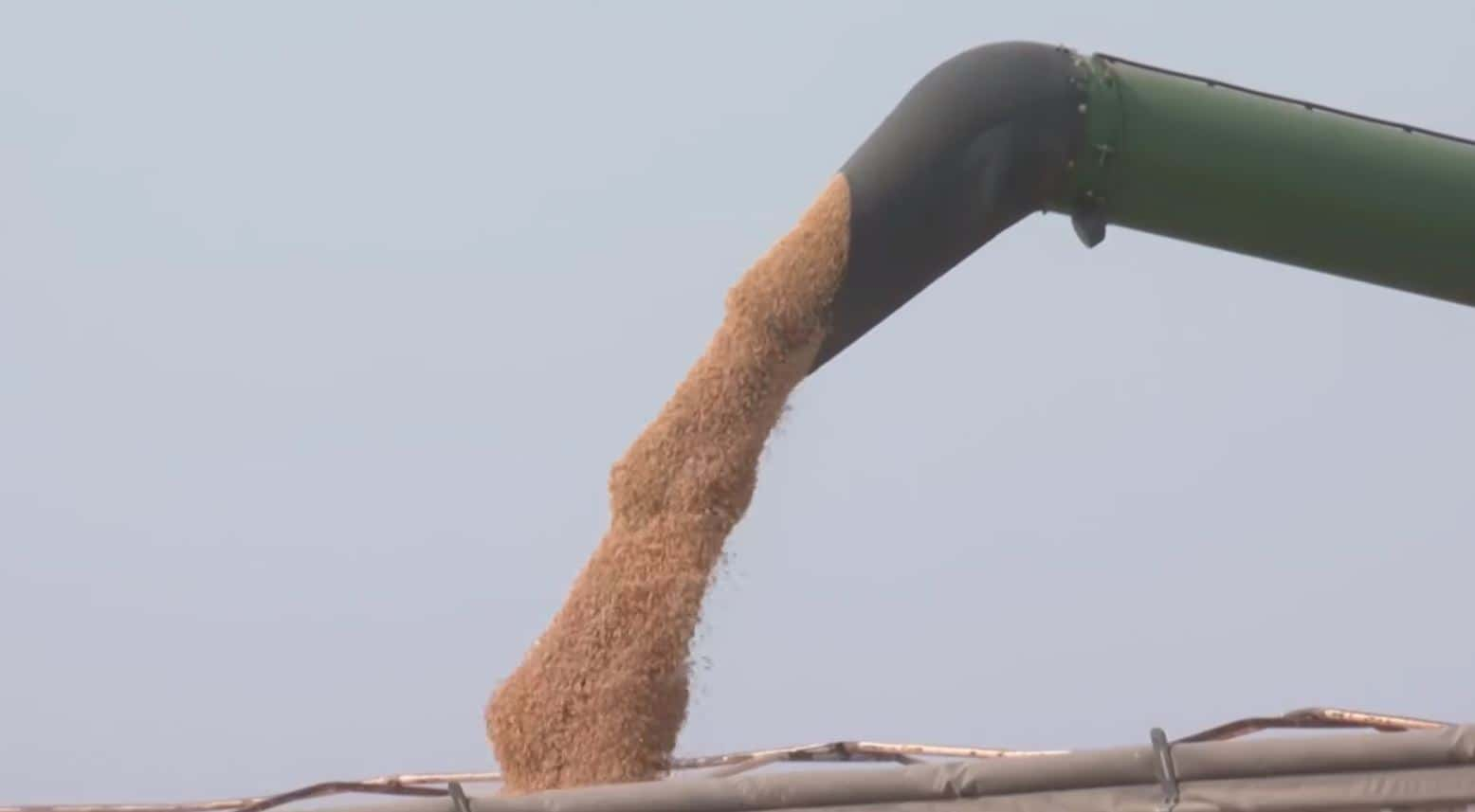BOZEMAN – With new funding from the Montana Pulse Crop Committee, Montana State University’s Eastern Agricultural Research Center is establishing a new survey program for peas and lentils and is seeking producer participants.
EARC, located in Sidney, will be the hub for the program, and farmers growing peas or lentils in Daniels, McCone, Roosevelt, Sheridan and Valley counties are invited to participate. Frankie Crutcher, an associate professor of plant pathology at EARC and director of this new program, said that all participating producers need to do is provide a field history and allow scientists to scout their pea and lentil fields roughly once every two weeks through the growing season.
“Pulse crops have become a key component of dryland cropping systems in Montana, but often, diseases are either first detected when a major outbreak is identified or develop very slowly and are difficult to identify,” said Crutcher. “There is currently no system in place to detect and respond to outbreaks, so this scouting program is a proactive approach to prevent outbreaks that can cause devastating losses.”
Through the survey program, MSU scientists will scout participating farmers’ pea and lentil fields for pests, diseases and other threats, such as herbicide resistant weeds. Researchers will partner with MSU Extension’s Schutter Diagnostic Lab to identify any new threats and collaborate with Extension offices to provide individual reports back to each producer. They will also create large-scale reports to share longer-term trends and pest management techniques.
The new program is modeled off similar endeavors in North Dakota and Canada, Crutcher said. In addition to collecting baseline data that does not yet exist for peas and lentils in eastern Montana, she said the surveys will bolster crucial relationships across the agricultural community and help to identify new and highly relevant research questions.
“If we can show what the problems are and have data for that, then researchers both on and off campus can write grants and develop projects to better support farmers’ needs,” said Crutcher. “Predictive models are being developed for some of these diseases, so we can also be boots on the ground to test them and see how they work, which would be fantastic, helping us to develop more tools that producers can use. Every time I talk to a researcher about this program, they have ideas for more ways it could be used.”
Roughly $147,000 in funding from MPCC will support the first year of the program, and the first phase of data collection will continue through the 2028 growing season. Ultimately, Crutcher said, the goal is to continue the program much longer and expand to other counties, including northern Montana, where pulse crop acreage is steadily increasing.
Scientists will scout at least 30 pea and lentil fields for pests and diseases beginning in 2026. Farmers can fill out a contact form on the EARC website to express their interest in participating. The goal, Crutcher said, is to build bridges between scientists and farmers that will create the most widespread benefit. By scouting for pests, scientists hope to keep producers ahead of diseases and other threats, such as herbicide resistant weeds.
“You can do the best work in the world, but it doesn’t count for anything if no one sees you doing it,” said Crutcher. “All summer, we want to be out in producers’ fields scouting for pests and diseases, and then in real time reporting results back to those producers and the community at large.”
The direct link to the interest form can be found at https://agresearch.montana.edu/earc/programs/survey.html.
###
MSU News Service


